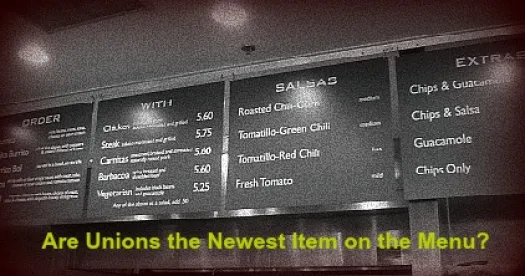- As previously covered on this blog, on September 9, 2015, NYC health officials voted unanimously to adopt the nation’s first sodium warning requirement. The rule, which went into effect on December 1, 2015, applies to all restaurants that are part of chains with more than 15 locations nationwide. Restaurants are required to display a salt shaker icon on menus and menu boards next to any food item — whether a standard menu item or a combination meal — with a high sodium content (>2,300 mg of sodium) or on tags next to any food on display that is a food item with a high sodium content. Restaurants also must post the following statement conspicuously at the point of purchase: “Warning: [salt shaker icon] indicates that the sodium (salt) content of this item is higher than the total daily recommended limit (2300 mg). High sodium intake can increase blood pressure and risk of heart disease and stroke.” The City began issuing notices of violations for non-compliance of this rule on June 6, 2016.
- The National Restaurant Association (NRA) sued to halt the rule soon after the rule became effective, calling it “arbitrary and capricious” and initially kept it from being enforced for months. In February 2017, however, a New York appeals court ruled in favor of New York City, agreeing with a lower court that the New York City Board of Health “did not exceed their authority” by adopting the warning rule. The NRA immediately announced plans to explore its legal options, but failed to file an appeal by last Wednesday’s deadline for doing so.
- It remains to be seen the extent to which other jurisdictions will follow New York City’s lead in imposing sodium warning requirements and, in particular, whether New York City’s recent win on the sodium warning score combined with their related regulatory measures (i.e., trans fat ban and calorie count disclosure requirements in restaurants) will further embolden other jurisdictions to move forward with similar plans.
New York City Wins Battle Over Sodium Warning Requirements
Friday, May 5, 2017
Current Public Notices
Published: 9 September, 2025
Published: 9 September, 2025
Published: 8 September, 2025
Published: 4 September, 2025
Published: 28 August, 2025
Published: 25 August, 2025
Published: 22 August, 2025
Published: 20 August, 2025
Published: 20 August, 2025
Published: 18 August, 2025
Published: 11 August, 2025
Published: 8 August, 2025
Published: 26 June, 2025



 />i
/>i

